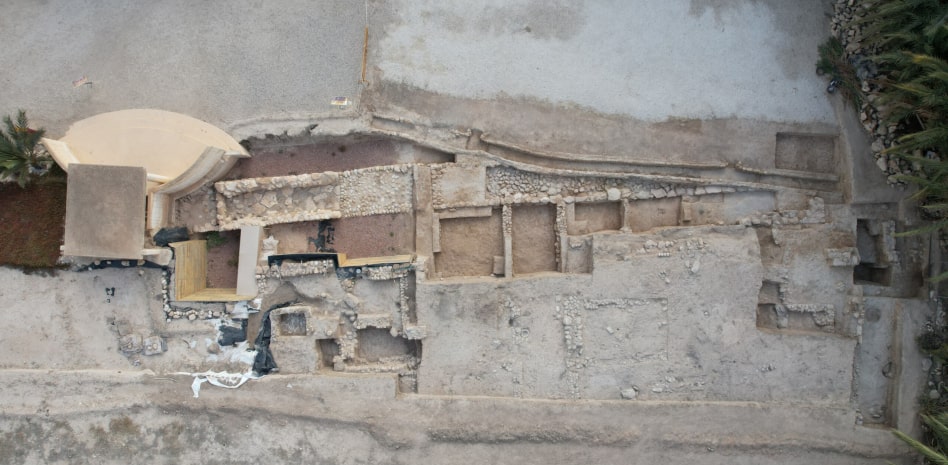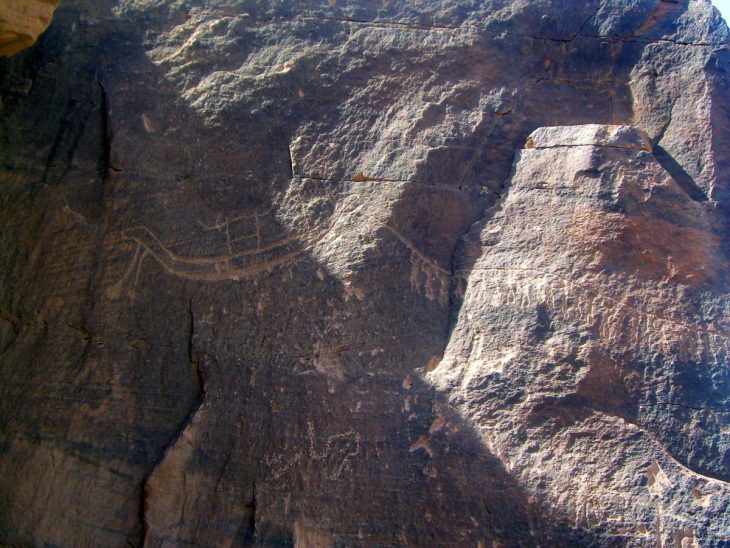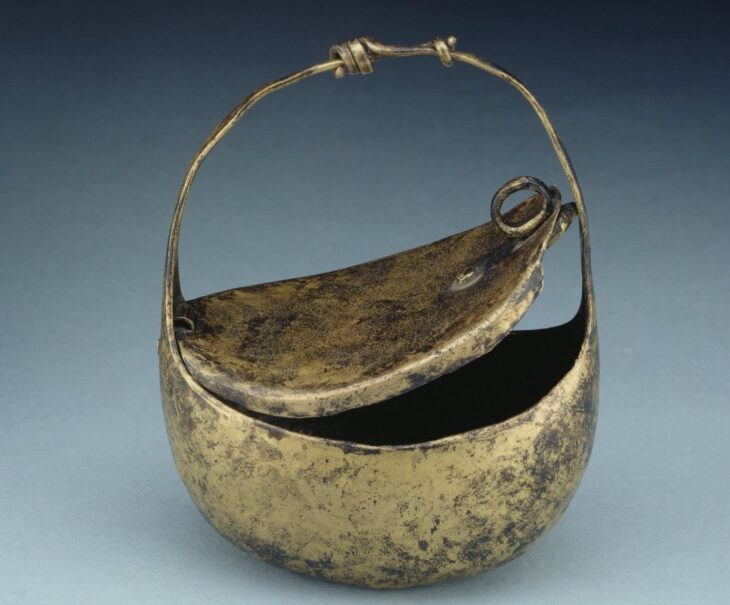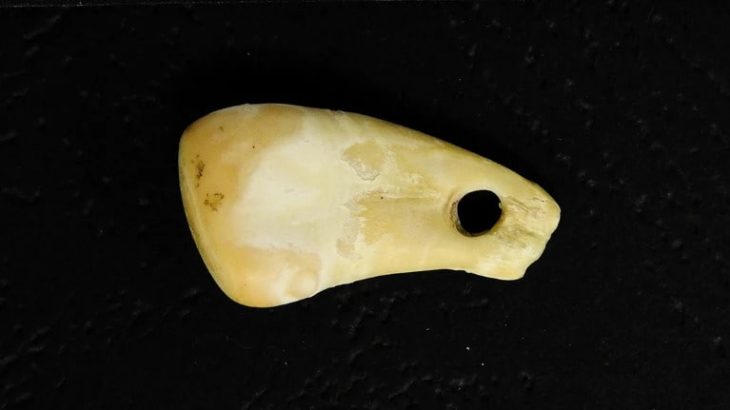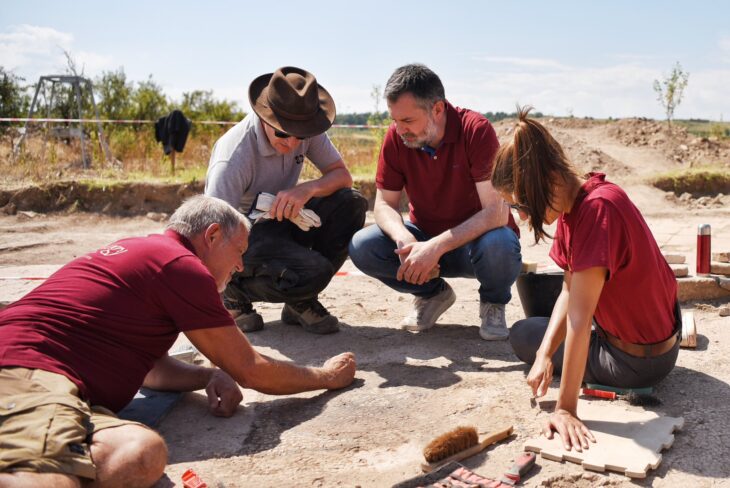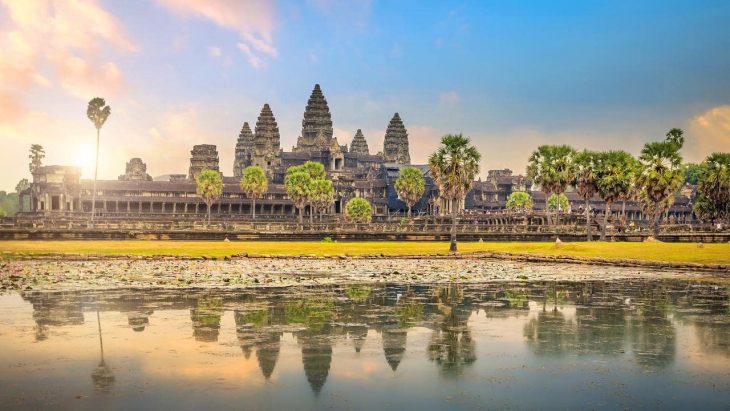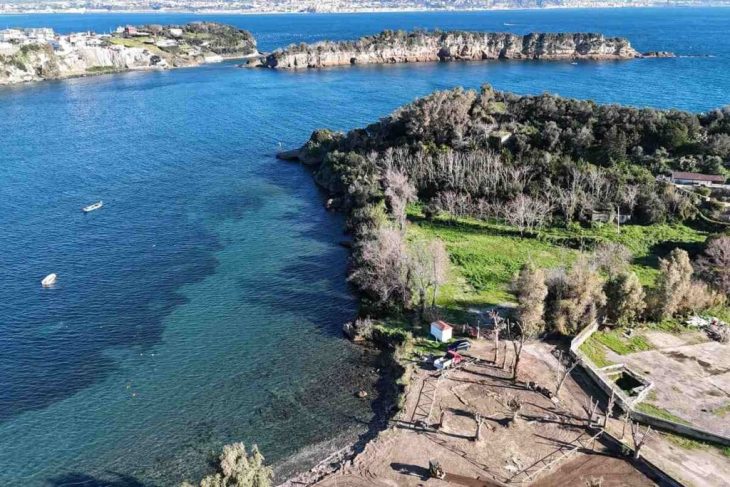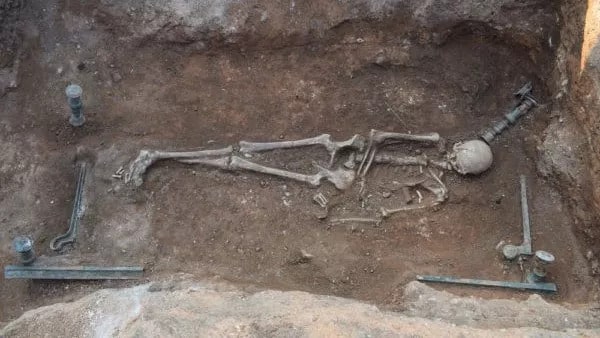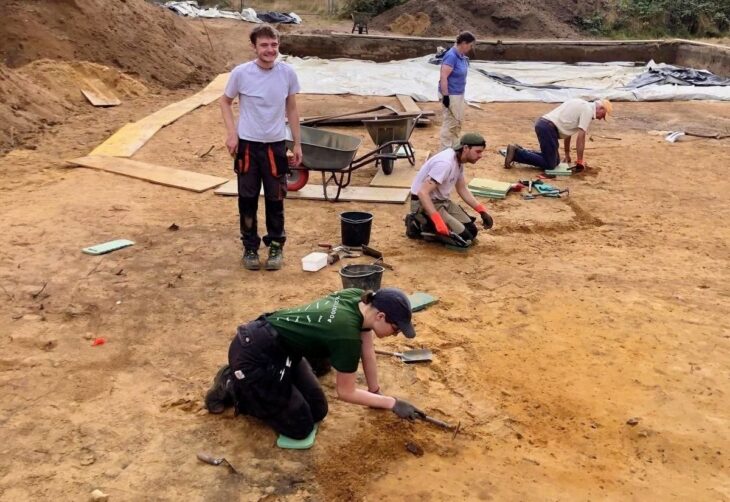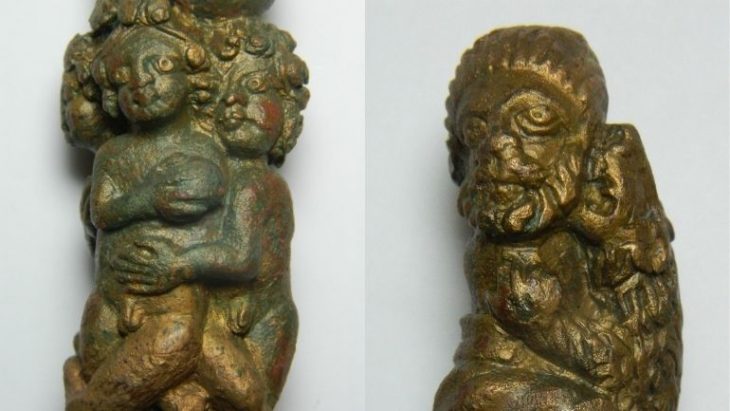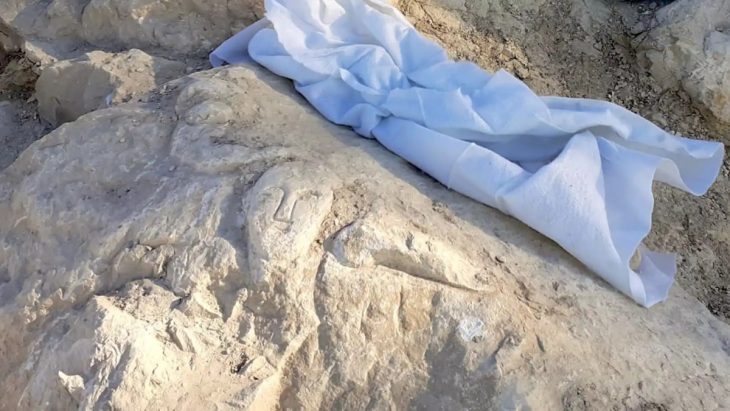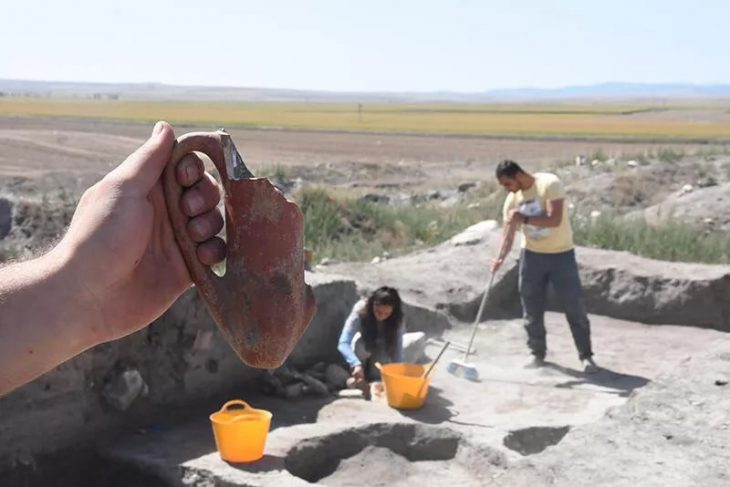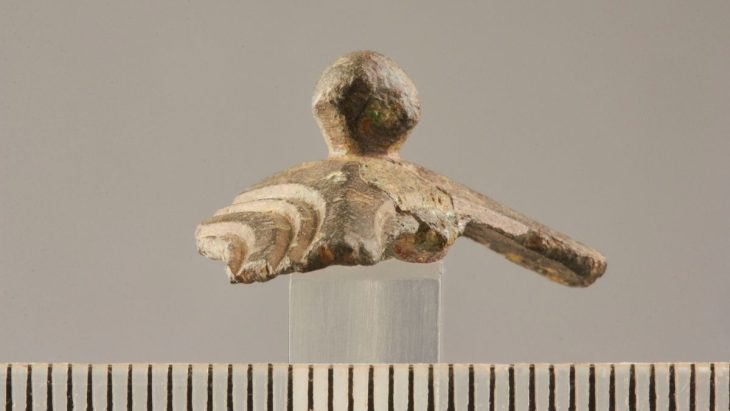Archaeologists from the University of Alicante and the University of Murcia “Damas y Héroes. In the project “Tras la Ilici ibérica (Ladies and Heroes. After the Iberian Ilici)” he uncovered architectural ruins in Iberia’s principal city of Ilici (modern Elche in southeastern Spain), which provide invaluable information about Iberian society and its historical context.
Despite the absence of architectural remnants to corroborate the degree of Iberian society’s complexity and development, researchers were already aware of the site’s significance due to earlier discoveries, such as the well-known sculpture of the Lady of Elche. Thanks to excavations that began in 2017, remains have been found that allow a better understanding of the foundational site, which dates back to around 500 BCE.
“This area was known due to the magnitude of some of the finds found, among which the sculpture of the Lady of Elche stands out without a doubt. However, we needed to find the architectural remains that would explain the importance of the Iberian groups settled there and that would allow us to know what the society of the time was like,” explains the professor of Prehistory at the University of Alicante, Alberto Lorrio, director of the project. research together with the professor of Ancient History of the University of Murcia, Héctor Uroz.

As a result of the research, in addition to the city walls, eight rooms have been identified that belong to houses attached to the foundational wall, demonstrating that Ilici was one of the most important cities in the Iberian region of Contestania, which encompassed parts of the present-day provinces of Alicante, Murcia, Albacete, and Valencia. This new information confirms that La Alcudia was home to the first metropolis, the first major Iberian city in Contestania.
The enclave discovered in l’Alcúdia is “the first metropolis, the first large Iberian city of the Contestania, and the oldest. There is no older one of this magnitude,” says Professor Uroz.
📣 Our WhatsApp channel is now LIVE! Stay up-to-date with the latest news and updates, just click here to follow us on WhatsApp and never miss a thing!!
The finding helps to clarify everyday life in the city and offers context for the Iberian elites who commissioned sculptures such as the Lady of Elche. Lorrio emphasizes that these discoveries add significantly to our understanding of the site’s history and archaeology, making them even more important than the discovery of another sculpture.

Because of the frequent flooding, the ancient inhabitants decided to leave the area, which is why the remains are in such excellent preservation. They filled the houses’ interiors before departing, which helped to preserve the buildings and let archaeologists find out unusual building techniques like the use of molded mud or adobe walls.
The excavation phase has been completed and now, with the site covered for its protection, the researchers have begun the phase of laboratory analysis of the pieces found. In the next campaign, the excavation of the dwellings will be extended into the interior of the settlement in order to obtain a complete view of the oldest Iberian phases of the excavated sector.
Damas y Héroes. Tras la Ilici ibérica Project
Cover photo: View of the excavation carried out in l’Alcúdia in the 2024 University of Alicante campaign. University of Alicante

